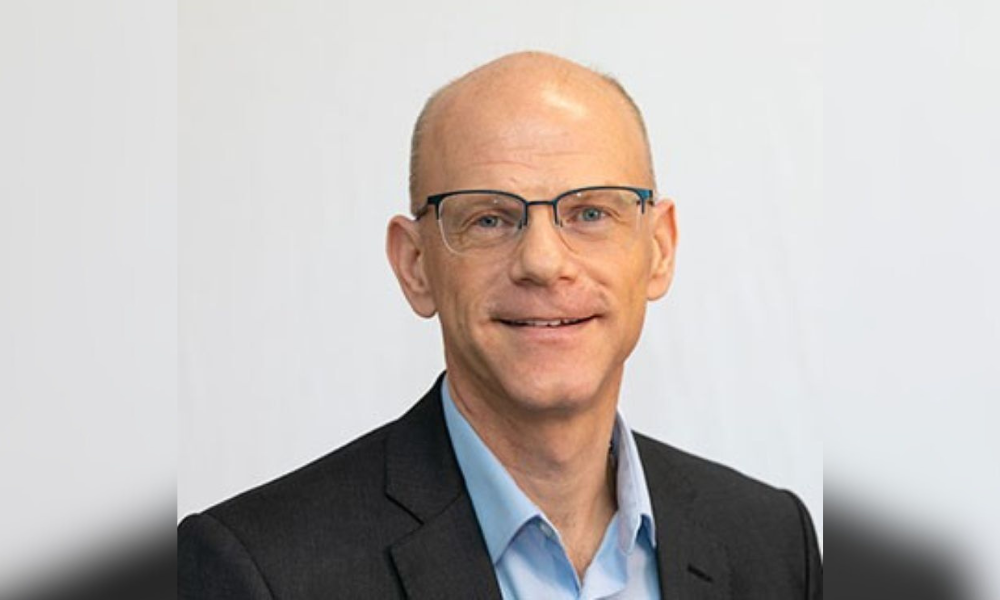From polo players to million-pound homes – the irresistible allure of country life

In the quaint village of Bray in Berkshire, an extraordinary culinary scene draws more than just food enthusiasts; it’s reshaping the local housing market.
Home to three Michelin-starred restaurants within a mere mile, Bray boasts an exceptional dining pedigree that includes the renowned Waterside Inn and The Fat Duck. It’s also a well-known haunt of the polo jet set, a hotspot for swanky Airbnbs and fast becoming a favourite of buyers looking to escape the hustle and bustle of the city.
Speaking to Mortgage Introducer, Richard Alton (pictured), of Alton Mortgages said that the mix of famous faces and foodie extravagance is also drawing in the big-time buyers.
“As exclusive areas go, Bray has The Fisheries,” he said. “There have been famous people living there over the years – some famous for the wrong reasons. The detached houses sell for around £1 million to £4 million. It’s a case of location, location, location – celebrities live [around there and] it keeps the house prices up. We can say 100% that they have kept their values and will continue to because that's where people want to live.”
According to Rightmove, house prices in Bray have an overall average of £1,141,960 over the last year, almost four times the average house price in the UK at £298,083. And the area's culinary fame attracts a specific tenant base, including international polo players and jet setters, who often seek short-term rentals during the polo season.
“[Landlords] quite often rent out to the polo players and international players in Bray for two months during the year, because that's where they want to live as well,” Alton said. “And I think the food really helps, because I don't think there's anywhere in the world that has three Michelin restaurants within one mile. It's really unique.”
Michelin stars and polo players aside, Bray also boasts an idyllic waterfront setting – one that Alton said is immune from flooding.
“You've got the gorgeous River Thames and the massive houses on the front,” he told MIW. “I don't think Bray will get loads of new infrastructure or investment but it doesn't need it. Bray is Bray. They're not going to put high-rise flats – it’s very old school here and it’s got the magnet for attraction. I think house prices would continue to rise – having a real village feel not that far from London. People go and visit it because it's quirky, there’s the nice walk by the river, these beautiful big houses. You always pay a premium for the location – so it's justified if that’s what you want to pay and that’s where you want to be.”
However, despite its huge successes, Bray is not immune from the perils and pitfalls of the UK housing market – especially where investments are concerned.
“I do think it's safe as houses – I don't think it's going to crash – but you've got to [consider that you] have to pay more for the initial investment, significantly more because it's Bray,” Alton said. “That means bigger deposits, which means second home stamp duty – and that needs factoring to your costs. If you're paying 20% more for the house price, for example, than in another area, all those costs escalate. That's probably why it's kept its premium.”



